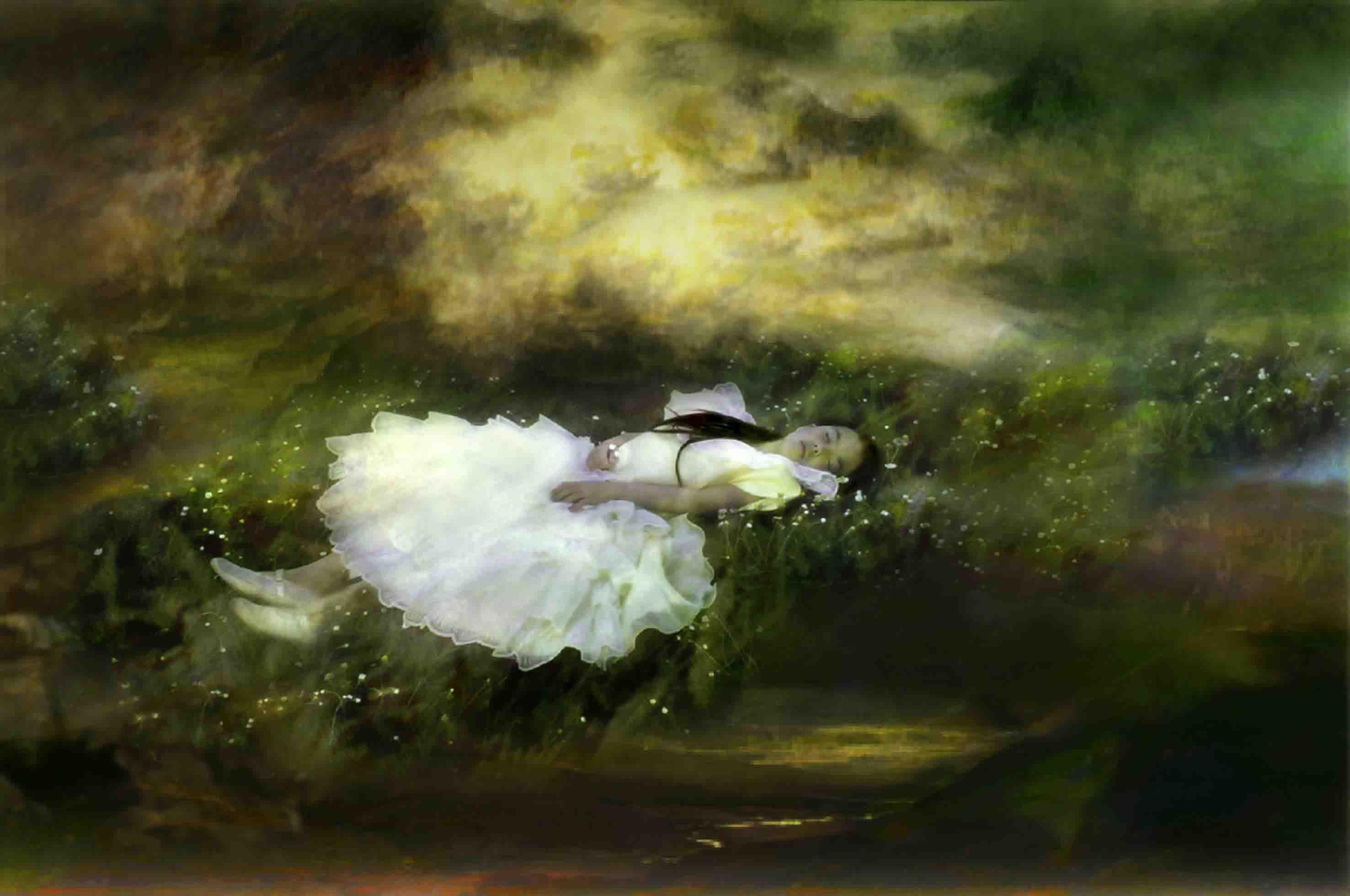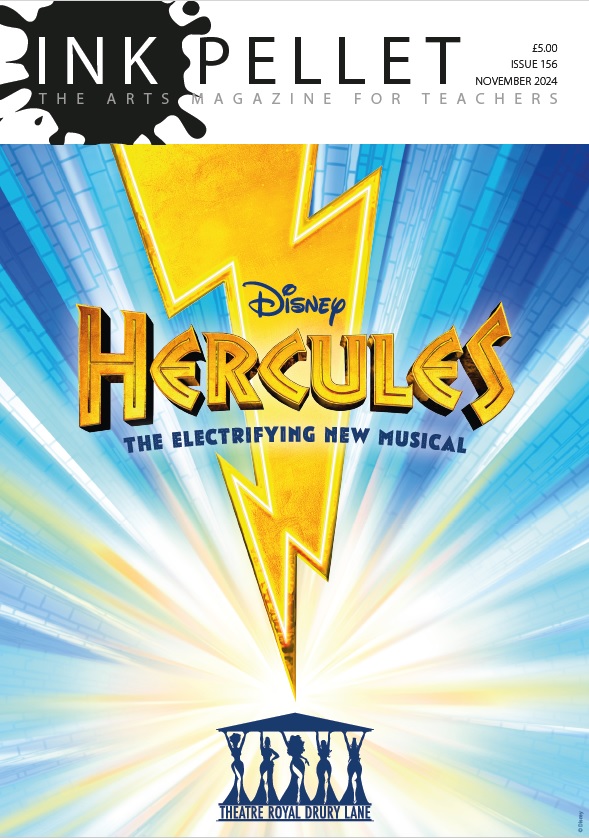Alice goes down the rabbit hole, follows the White Rabbit and attends the Mad Hatter’s tea party … just three iconic images from Lewis Carroll’s fantastical classic Alice’s Adventures in Wonderland. Tate Liverpool’s latest exhibition explores the novel’s influence on the visual arts. Thanks to Carroll’s own illustrations in his original manuscript, visualisation is an integral component of the story. The famous characters – Alice, Humpty Dumpty, Tweedledum and Tweedledee, the grinning Cheshire Cat, the Mad Hatter, the Duchess, and the White Rabbit – have etched themselves into the collective memory.
After the publication of Alice’s Adventures in Wonderland in 1865, artists and illustrators were quick to take note. The book has inspired over 150 years of artistic responses. From Carroll’s original manuscript, written in 1864, through to contemporary painting, sculpture and installation, the exhibition reflects the different ways in which the works relate to the original and its protagonists. The references range from illustrations based closely on the text, to subtle allusions and new interpretations.
‘The Story of the Book’ is the starting point, containing Carroll’s original manuscript, Alice’s Adventures Underground (1865), illustrated by Carroll himself. You can also view early editions of the classic novel, including John Tenniel’s traditional illustrations in the first published edition. Photographs taken by Carroll of Alice Liddell and her sisters (Room 2) are intriguing; the real Alice looks nothing like Tenniel’s creation but moody and distant, with dark hair and a fringe.
In the 1960s, Alice and her world were re-imagined as touchstones of the psychedelic movement, represented here by the kaleidoscopic paintings of Adrian Piper and the illustrations of Peter Blake. Other highlights include Marcel Broodthaers’ Cartes d’Alice in Wonderland, a series of nineteenth-century playing cards on projection slides. Kiki Smith’s Pool of Tears 2 (2000) captures a familiar image from the story: Alice swept along in a pool of her own tears with various animals.
The links to Alice and her world are not always explicit; Douglas Gordon’s Through the Looking Glass (1999) is one such example, featuring a loop of a scene from the film Taxi Driver. Some exhibition pieces are not suitable for children; parents and teachers hoping to arrange class tours should seek advice prior to booking as the adult-orientated works, though clearly labelled, are not exhibited separately from the rest.
The exhibition was conceived by Christoph Benjamin Schulz and curated by Peter Gorschlüter and Christoph Benjamin Schulz. Alice in Wonderland is at Tate Liverpool until January 29 2012. Tickets £8, concessions £6.



